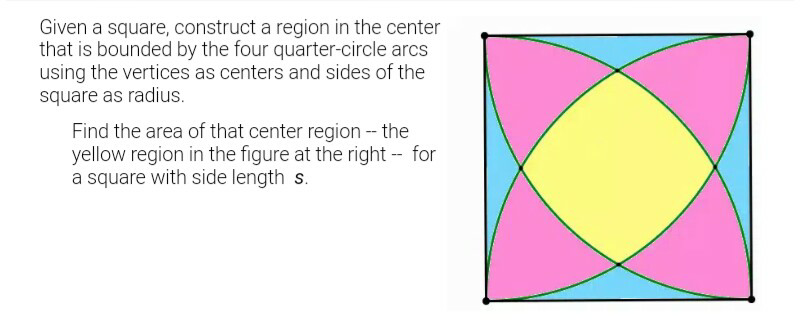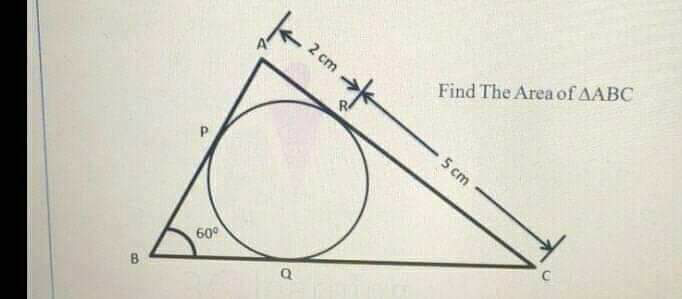
AllQuestion and Answers: Page 1467
Question Number 64557 Answers: 1 Comments: 3

Question Number 64544 Answers: 1 Comments: 1

Question Number 64545 Answers: 2 Comments: 2

Question Number 64542 Answers: 2 Comments: 0

Question Number 64541 Answers: 1 Comments: 0
Question Number 64539 Answers: 1 Comments: 9
Question Number 64534 Answers: 0 Comments: 1
Question Number 64533 Answers: 1 Comments: 0
Question Number 64529 Answers: 0 Comments: 0
Question Number 64528 Answers: 0 Comments: 1
Question Number 64525 Answers: 0 Comments: 1
Question Number 64522 Answers: 1 Comments: 0
Question Number 64519 Answers: 1 Comments: 0
Question Number 64516 Answers: 2 Comments: 5

Question Number 64514 Answers: 0 Comments: 2
Question Number 64498 Answers: 0 Comments: 0
Question Number 64508 Answers: 2 Comments: 1
Question Number 64478 Answers: 1 Comments: 2

Question Number 64477 Answers: 0 Comments: 1
Question Number 64475 Answers: 2 Comments: 6
Question Number 64471 Answers: 1 Comments: 0
Question Number 64469 Answers: 1 Comments: 0

Question Number 64465 Answers: 0 Comments: 0
Question Number 64463 Answers: 0 Comments: 1
Question Number 64459 Answers: 0 Comments: 2

Question Number 64452 Answers: 1 Comments: 5

Pg 1462 Pg 1463 Pg 1464 Pg 1465 Pg 1466 Pg 1467 Pg 1468 Pg 1469 Pg 1470 Pg 1471
